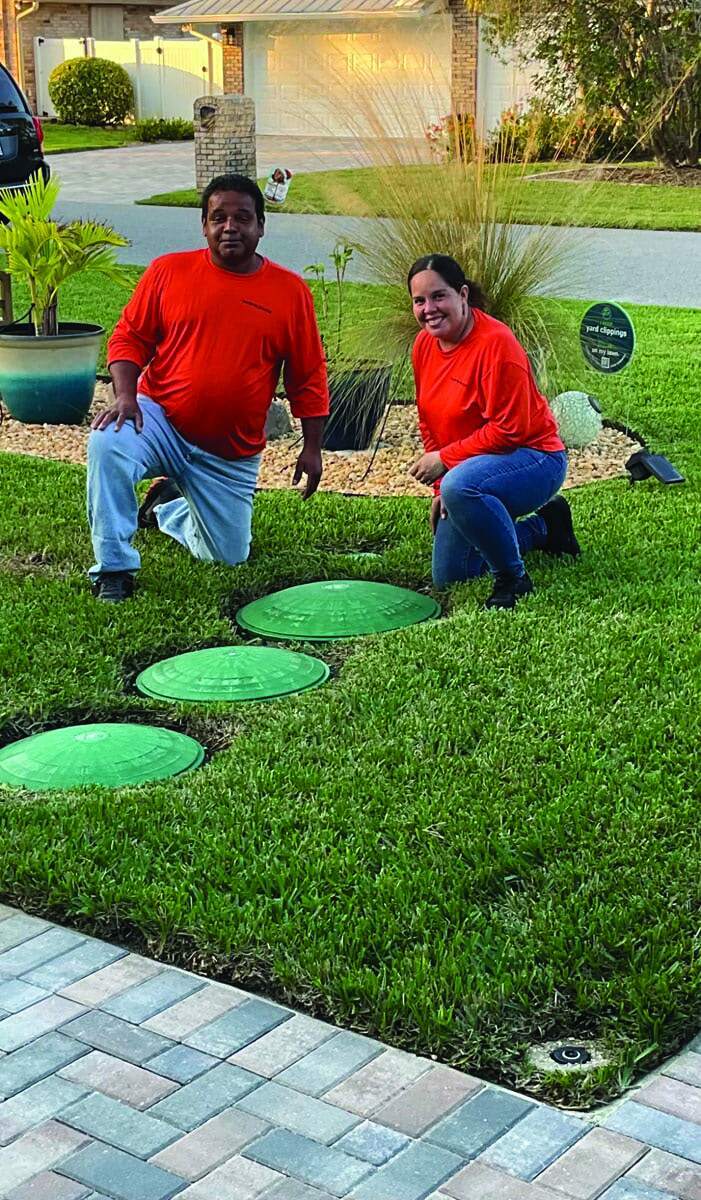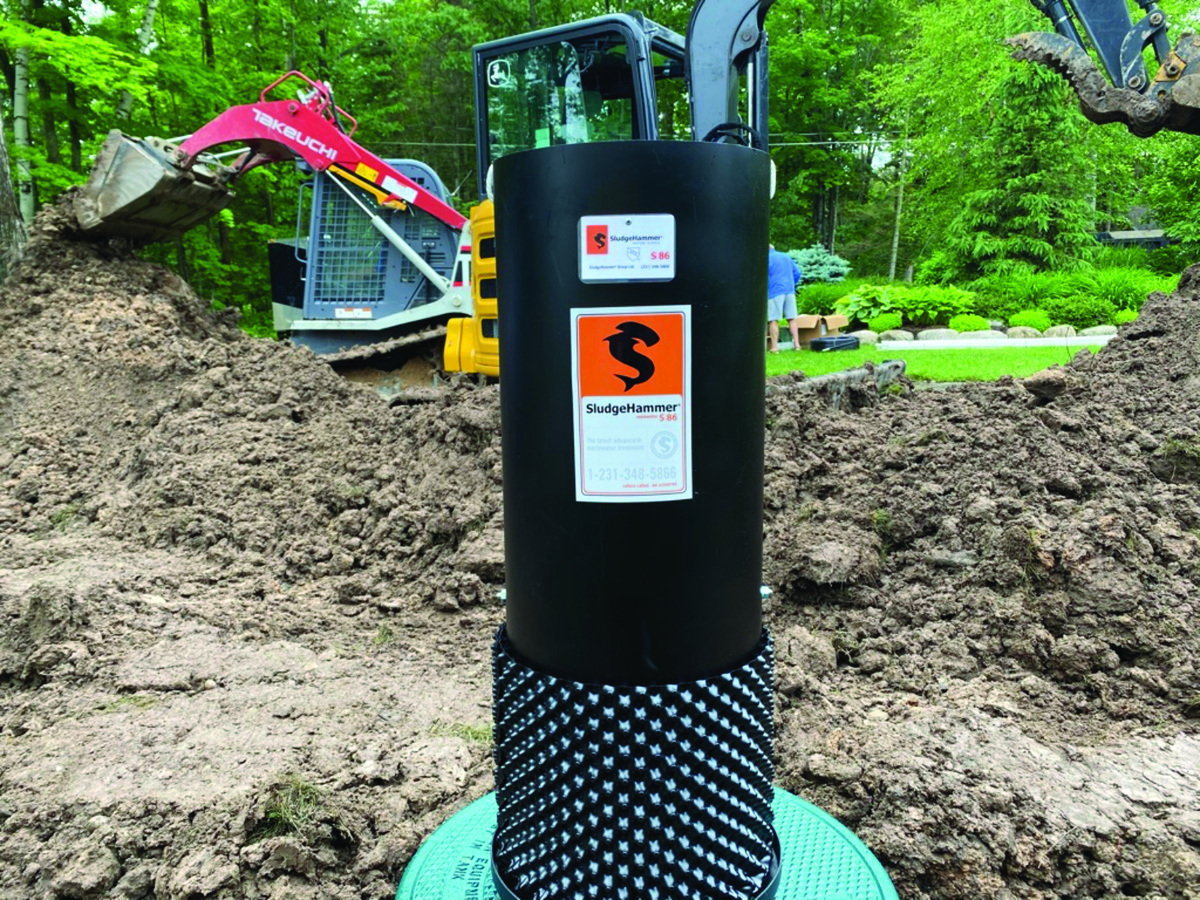
Onsite system reduces nitrogen
Problem: The drastic effects of the algal blooms in the Indian River Lagoon in Brevard County, Florida, caught a resident’s attention in 2016. Massive seagrass loss and dead fish led to a referendum in which the Save Our Indian River Lagoon program was approved. This program intended to improve the lagoon’s health by implementing various projects such as muck dredging, oyster restoration, municipal wastewater treatment upgrades, stormwater treatment, sewer conversion and septic upgrades. To take advantage of a government incentive program, owners have to upgrade their system with units that are certified to remove nitrogen by at least 65%. HM Septic Services sought an onsite system aimed at reducing nitrogen released into the environment.
Solution: Fuji Clean USA CEN models offer a high level of nitrogen reduction and meets program requirements. In 2020, the company installed a Fuji Clean CEN5, and is currently working with the residents of Sunnyland Beach in Melbourne Beach, Florida, to help make the transition from conventional septic to advanced treatment units. The community is surrounded by canals leading to the Indian River. The Fuji Clean is a one tank system and easy to maintain, according to the manufacturer.
Result: “We believe Fuji Clean CEN models are not only reliable and easy to install, but will be a crucial part in reducing the nutrients that contribute to many of the problems effecting our lagoon,” says Hector Ramirez from HM Septic Services. 207-406-2927; www.fujicleanusa.com

Treatment system enables tourist destination to continue fall festival
Problem: Pond Hill Farm, a popular spot on northern Michigan’s fall color tour, faced a PR nightmare when their annual pumpkin festival was ruined by a septic failure. The pumpkins were sitting on their leachfield, and a surface breakout contaminated the pumpkins, forcing the health department to issue a pumpkin recall. They sought a solution so that they wouldn’t face a similar situation in the future.
Solution: SludgeHammer installed their Aerobic Bacterial Generator in the existing septic tanks to quickly remediate the failed leachfield, but Pond Hill was expanding with its brewery, winery, restaurant and thousands of visitors overwhelming their treatment capacity. So extra tanks were added with full-scale SludgeHammer treatment to get the effluent clear enough for subsurface drip-disposal. The farm installed a 3,000-square-foot drip irrigation field and dedicated it to their prize pumpkin patch.
Result: The latest samples showed BOD at <2 mg/L, TSS at 2 mg/L, and total inorganic nitrogen at 6.49 mg/L. Even with the substantial reduction in nitrogen the pumpkins now get a microdose of fertilizer with every drop of water. In a delicious irony they are now growing the largest pumpkins they have ever produced with the very effluent that had caused their original PR disaster. And as an added benefit, a portion of the field grows self-pick flowers for customer bouquets, producing extra revenue from their waste. 231-348-5866; www.sludgehammer.net





